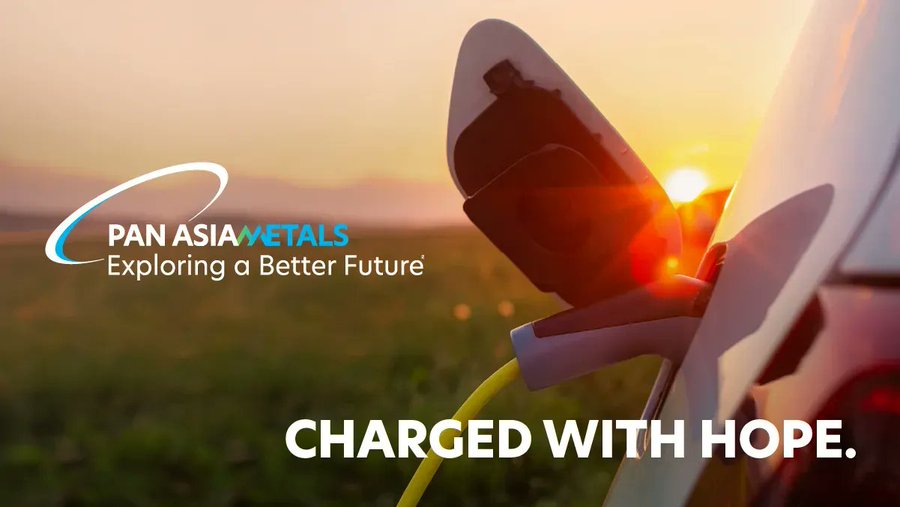The potential for a solar-powered future is limitless. As long as the sun’s shining, we have a golden opportunity to transition from carbon-based energy and wind back climate change. Huge strides have been made around the planet in recent years, as the world turns to solar for a way to remove carbon from the power sector.
In America for example, 2021 was a record year for solar, passing the 100GW milestone, with 23.6GW newly installed, up 19% on 2020 and 77% on 2019. Across the States, solar accounted for 3.9% of the total electricity generated, more than 4x what it was in 2015.
Solar isn’t without its issues, however. Globally, the supply chain issues brought on by the Covid pandemic have pushed solar costs up for the first time in years. And in the USA, there’s also uncertainty over the continuation of state policies that promote rooftop solar, and the nationwide extension of solar investment tax credits.
But the fundamentals remain strong, with a trend towards greater efficiency, larger panels, bigger projects, and greater economies of scale. And even with the Covid impediments, the momentum gained in 2021 was very encouraging.
While over in Europe, the hydropower Alqueva Reservoir in southern Portugal is the continent’s largest lake. It’s here, on the Alqueva Dam, that we find the world’s biggest floating solar farm.
About the size of four soccer fields, the farm consists of 12,000 solar panels that can generate 7.5GWh annually and when paired with Lithium batteries, can store 2GWh.
Built by EDP, Portugal’s main utility company, the solar farm’s goal is to power around 1,500 households, connected to the existing power grid. What’s more, any excess power generated on sunny days can pump water up into the lake and be stored for use on cloudy days or at night.
Renewables, including hydropower, now make up 78% of EDP’s 25.6GW of installed capacity, with the ambition reaching net zero by 2030. Portugal also currently relies on Russia for around 10% of its natural gas, so the farm will go a long way in helping to reduce that dependency. Especially since EDP has just secured permission to build a second, 70MW floating solar farm…
Looking Stateside again, the US Department of Energy’s National Renewable Energy Laboratory (NREL) have recently created a solar cell with a record efficiency of 39.5% (under 1-sun global illumination), breaking the world record for both solar cell efficiency and any-cell efficiency.
NREL’s revolutionary solar cell is built using no less than three different materials that generate electric current in response to light: gallium indium phosphide on top, gallium arsenide in the centre, and gallium indium arsenide on the bottom. Each reacts to a varying wavelength of light, so the cell can capture energy from the entire light spectrum, all at once.
“Quantum wells” are also present in the centre, confining the electrons to two dimensions, and allowing for the gallium arsenide to capture even more light. A quite astonishing use of the most advanced physics and technology to advance the potential of solar.
The EU in general is also taking big steps to transition to replace Russian oil with solar energy. One of the most significant developments in the region is a planned hydrogen accelerator with 17.5GW of electrolyzers, and the potential to fuel EU industry with 10mil tonnes of renewable hydrogen by 2025. As Kadri Simson, EU Energy Commissioner, told the media at the launch of the EU Solar Strategy:
“By 2030, the share of wind energy in power production capacities will double from the current 33% to 67%. Solar energy will be the biggest source of electricity in the EU by then, with more than half of it coming from rooftops.”
Solar is also growing in popularity in the exploration sector. Over in Thailand in Southeast Asia, the region’s most progressive battery and critical metals explorer Pan Asia Metals (ASX:PAM) aims to incorporate solar to generate its future lithium mines’ power and offset their carbon footprint. The solar potential in the region is excellent, with Thailand’s mean practical photovoltaic power potential sitting at about 4KWh per kilowatt peak.
And on a more individual level, few are more passionate about the advancement of solar energy than the founder of iClima Earth, Gabriela Herculano. Her healthy obsession is abundantly apparent through iClima’s ‘SHFT’ project and the fact that she calls solar the ‘smart energy’.
“Two years ago, when we were putting together all this data and all these numbers and understanding how the grid was going to become green, we realised that 25% of all that solar energy was going to be at the point of consumption and that we were going to reshape our dated fossil fuel based, centralised grid in a very material way.”
Watch this space for more exciting news on the golden age of solar power…
Written for Pan Asia Metals by Josh Bryer




